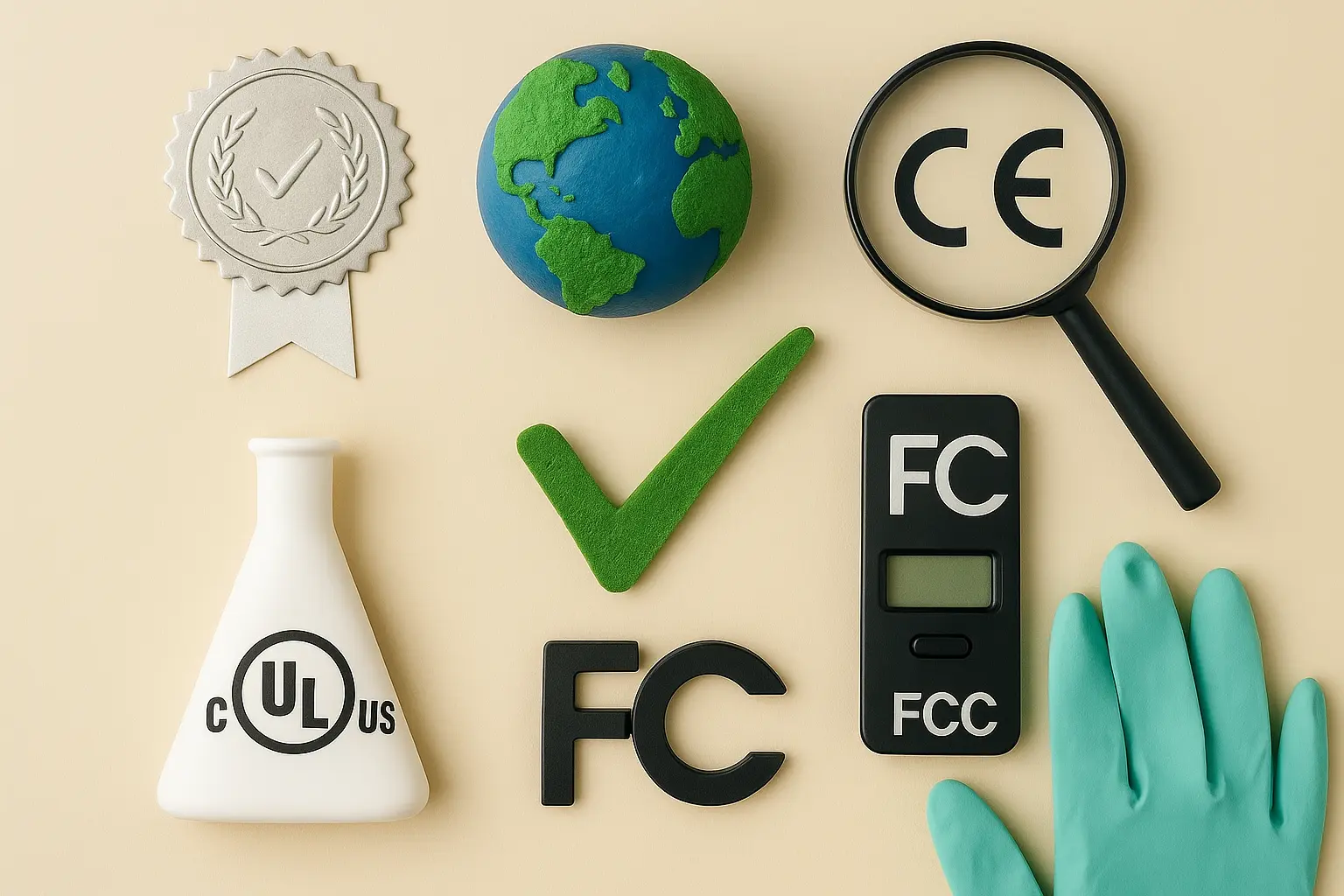Circuit Breaker Certification
In today’s rapidly evolving electrical engineering landscape, ensuring that circuit breakers meet stringent safety and performance standards is paramount. Circuit breaker certification serves as a critical measure to guarantee the reliability, durability, and compliance of these devices with international and national regulations. This service ensures that circuit breakers are safe for use in various applications, from residential settings to complex industrial environments.
The process involves rigorous testing that evaluates several key parameters including current interruption capability, thermal stability, mechanical integrity, and operational life under specified conditions. The certification process is designed to uphold the highest standards of safety, ensuring that circuit breakers can protect users, equipment, and infrastructure from electrical hazards.
Compliance with international standards such as IEC 60947-2 for ACB (Air Circuit Breaker), IEC 61489 for MCB (Miniature Circuit Breaker), and EN 60947-2 is essential. These standards cover a range of tests that include short-circuit current interrupting capacity, thermal stability test, mechanical life testing, and many more.
The certification process involves the following steps: initial design review, type testing, production inspection, and periodic surveillance. Each step ensures that the circuit breaker meets all specified requirements before being approved for use in various applications. This service is particularly valuable for quality managers, compliance officers, R&D engineers, and procurement specialists who need to ensure that their products meet regulatory standards.
Understanding the specific parameters involved in the certification process can provide a deeper insight into how these devices are evaluated. For instance, short-circuit current interrupting capacity (SCICC) is one of the most critical parameters tested. This test evaluates the circuit breaker’s ability to safely open the circuit during a fault condition without causing damage or injury.
The thermal stability test assesses the device's ability to withstand high currents for extended periods. Mechanical life testing ensures that the contacts and other moving parts can operate reliably over their expected service lives. These tests are conducted in controlled laboratory environments using standardized test fixtures and procedures defined by relevant standards.
Benefits
Circuit breaker certification offers numerous advantages to manufacturers, distributors, and end-users alike. Firstly, it enhances the credibility and reputation of a product by demonstrating compliance with international standards. This can lead to increased market share and customer trust. Secondly, certified circuit breakers are more likely to pass regulatory inspections, reducing the risk of product recalls or legal challenges.
For manufacturers, certification ensures that their products meet all necessary requirements, thereby minimizing the risk of non-compliance issues. It also facilitates easier access to international markets where specific safety standards are mandated by law. For end-users, certified circuit breakers provide peace of mind knowing that they have met rigorous testing and quality control processes.
The certification process not only ensures product reliability but also contributes significantly to the overall safety of electrical installations. By preventing potential hazards such as fires or electric shocks, it helps protect both personnel and equipment. Additionally, certification can lead to cost savings in the long run by reducing maintenance costs and extending the lifespan of installed equipment.
Furthermore, compliance with these standards can open doors to new business opportunities, particularly in high-risk sectors like construction, healthcare, and data centers where safety is paramount. It also supports sustainable development goals by promoting the use of safe and reliable electrical components.
Environmental and Sustainability Contributions
- Eco-friendly Materials: Many modern circuit breakers are designed using environmentally friendly materials, reducing the environmental impact during manufacturing and disposal.
- Energy Efficiency: Certified circuit breakers contribute to energy efficiency by minimizing power losses in electrical systems. This reduces overall electricity consumption and associated carbon emissions.
- Reduced Waste: By ensuring longevity and reliability, certified circuit breakers help reduce electronic waste, promoting a more sustainable approach to product lifecycle management.
The certification process also encourages manufacturers to consider the entire lifecycle of their products, from design through disposal. This holistic approach helps minimize environmental footprints while maximizing resource efficiency.
For instance, by using recycled materials in production and designing products for easier recycling at end-of-life, manufacturers can significantly reduce waste generation. Moreover, certified circuit breakers often come with extended warranties or lifetime support programs that further enhance their lifecycle sustainability.
Use Cases and Application Examples
| Application | Description |
|---|---|
| Residential Wiring | Circuit breakers protect homes from electrical faults, preventing fires and injuries. |
| Commercial Buildings | Ensures safety in offices, retail spaces, and other commercial environments by safeguarding against electrical hazards. |
| Data Centers | Vital for protecting sensitive IT equipment and maintaining uptime in critical infrastructure. |
| Hospitals and Medical Facilities | Ensures uninterrupted power supply to vital medical devices, enhancing patient safety. |
| Manufacturing Plants | Prevents electrical faults that could lead to machinery damage or production downtime in industrial settings. |
The versatility of circuit breakers makes them indispensable across various sectors. From protecting sensitive electronic equipment in data centers to safeguarding lives in medical facilities, they play a crucial role in ensuring safety and reliability. The certification process ensures that these devices are up to the highest standards, making them reliable partners for any electrical installation.





